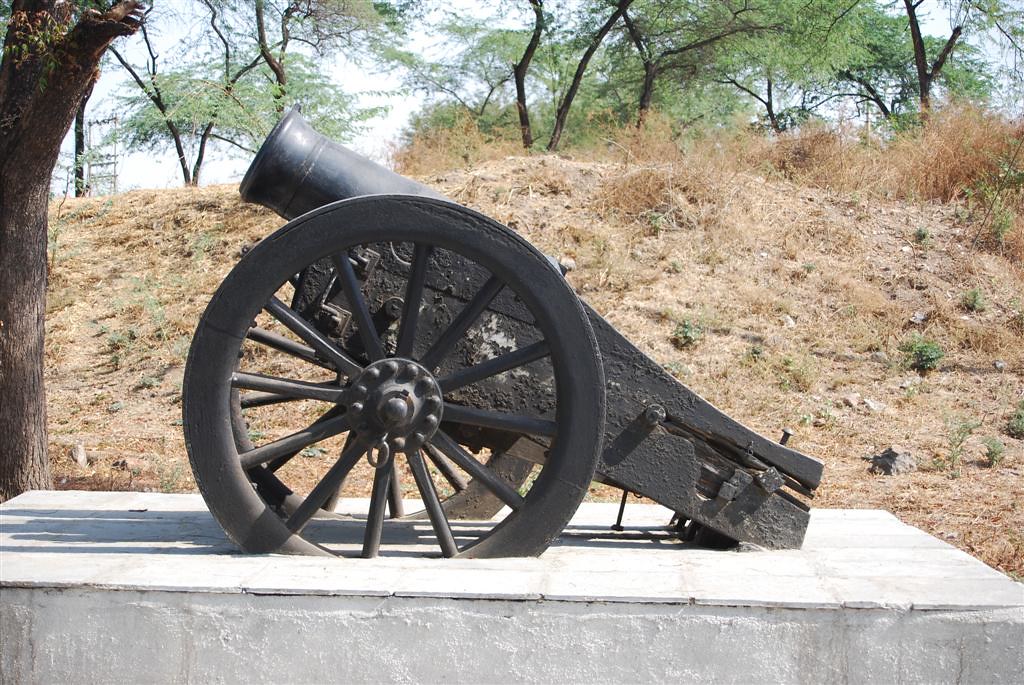Ahmednagar, a city nestled in the state of Maharashtra, is a captivating blend of rich history, modern development, and cultural diversity. Located in the western part of the state, this city offers a unique fusion of historical significance, local culture, and a growing urban landscape. In this article, we will explore Ahmednagar’s top attractions, the best time to visit, local festivals, traditional cuisine, famous street foods, notable restaurants, and comfortable accommodations.
“Journey through the historical tapestry of Ahmednagar, a city in Maharashtra, India, known for its rich cultural heritage and historical significance. Explore the majestic Ahmednagar Fort, the ancient Chand Bibi Palace, and the serene Siddhatek Ganpati Temple. As a hub of spirituality, agriculture, and trade, Ahmednagar invites you to experience the amalgamation of tradition and progress. Plan your visit to savor the local flavors, delve into historical landmarks, and discover the unique charm that makes Ahmednagar a captivating destination in the heart of Maharashtra.”
Places to Visit in Ahmednagar:
- Ahmednagar Fort: A historic fort known for its architectural beauty and historical significance, especially during the Maratha Empire.
- Meherabad: A spiritual center and ashram dedicated to Meher Baba, attracting spiritual seekers from around the world.
- Siddhatek Ashtavinayak Temple: A revered Hindu temple dedicated to Lord Ganesha, known for its scenic location.
- Shani Shingnapur: A unique village where houses have no doors, and residents trust in the protection of Lord Shani.
Best Time to Visit Ahmednagar:
The best time to explore Ahmednagar is during the winter season, from October to March. The weather is pleasant, with temperatures ranging from 12°C to 30°C, making it ideal for sightseeing and outdoor activities. Summers in Ahmednagar can be hot, with temperatures often exceeding 40°C, so it’s advisable to avoid visiting during this season.
Local Festivals in Ahmednagar:
- Ganesh Chaturthi: Celebrated with grand processions and cultural events, this festival honors Lord Ganesha and is one of the city’s most significant celebrations.
- Diwali: The festival of lights is celebrated with enthusiasm, with homes and streets illuminated with colorful lights and lamps.
Traditional Cuisine:

- Bhakri: A staple food made from jowar (sorghum) or bajra (pearl millet) flour, often served with vegetables, curries, or chutneys.
- Poha: A popular breakfast dish made from flattened rice, typically seasoned with spices and served with chutney.
Famous Street Foods:
- Sabudana Khichdi: A flavorful dish made from sago pearls, peanuts, and spices, often enjoyed during fasting.
- Vada Pav: A favorite street food, it consists of a spiced potato fritter served in a bun.
Notable Restaurants:
- Hotel Abhiruchi: A local dining spot known for its Maharashtrian and North Indian cuisine.
- Hotel Sarovar: A comfortable eatery offering a variety of vegetarian and non-vegetarian dishes.
Comfortable Accommodations:
- Hotel Yash Grand: A mid-range hotel with modern amenities and a central location.
- Hotel Paradise: A budget-friendly option known for its hospitality and comfortable facilities.
City that celebrates its historical roots while embracing modern development and cultural diversity. Whether you’re exploring historic forts, savoring local cuisine, or participating in local festivals, city offers a delightful blend of tradition and progress. Plan your visit during the winter months to make the most of this culturally rich and historically significant city in the western part of Maharashtra.

